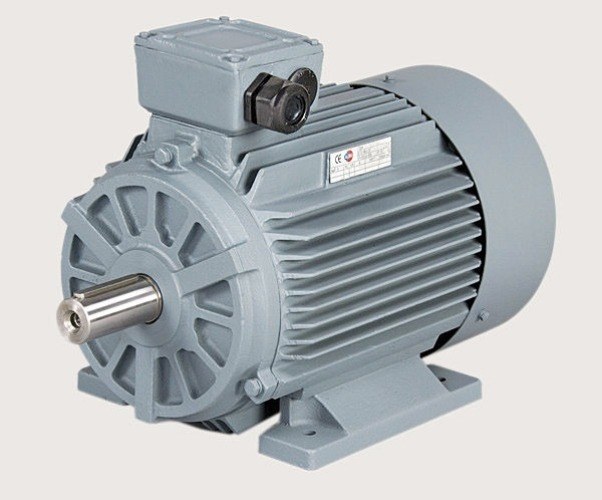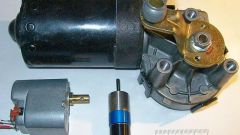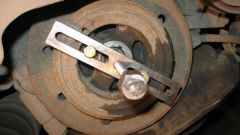You will need
- - a set of bench tools;
- tester;
- - soldering iron;
- - insulating tape.
Instruction
1
Start the repair by checking the status of the motor. Examine it to identify the external symptoms. It may be deformation or traces of residue on the windings. For inspection of the windings to pre-remove the engine protective cover (case) and clean the component parts from dust and possible contaminants.
2
During scheduled routine repairs to prevent and improve the reliability of the unit and perform a full disassembly of the motor with the notch of the rotor and the bulkhead weakened wedges.
3
Wash the bearings, measure the clearance in rolling bearings. In the presence of end production or cracks replace the items new. Check the Seating of the bearings on the motor shaft. Eliminate excessive interference or, conversely, slack.
4
Inspect the stator. Make sure of density of pressing steel plates and the mounting strength of struts in the channels. Heating and destruction of the windings can be caused by a weak pressing. Produce sealing sheets of steel, laying the leaves of mica or scoring getincome wedges.
5
After preventive maintenance, replace lubricant, clean the stator and rotor with the cover removed. Dry the engine by external heating. Use for drying blower, the hot air flowing through the openings of the engine. In the absence of a source of hot air drying can be carried out enabling the stator winding to low voltage.
6
In the presence of interturn short circuits or burnt windings make it rewind. To do this, remove the coil and insulation. Pick up and calculate the number of turns in accordance with the wire cross section. After winding, connect the coils soldered and rackline in the grooves. Dry new winding of one of the above ways.
7
After completing the repair, assemble subassemblies and test the engine for performance before installing in place.


